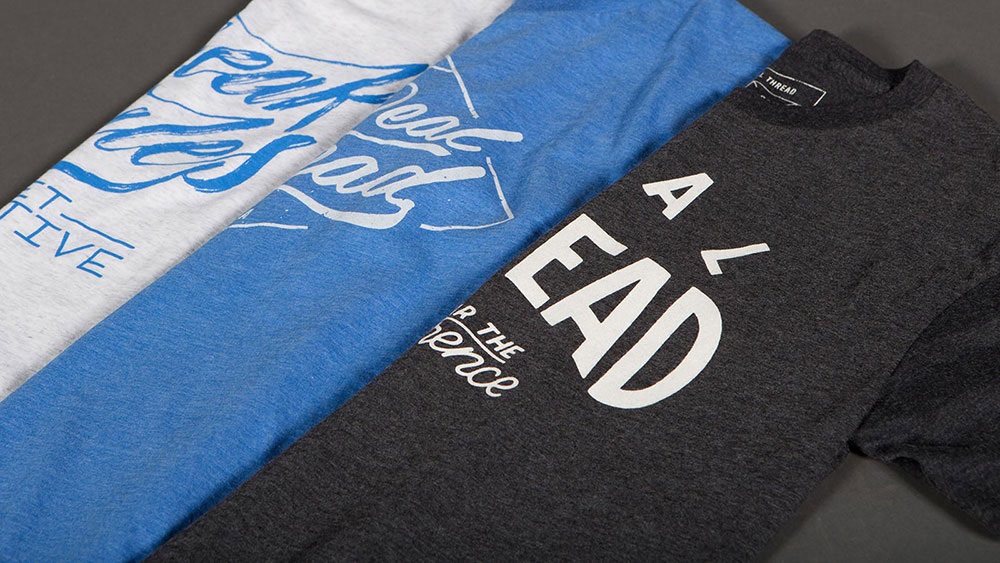You have heard of thread count in relation to the sheets on your bed. As the thinking goes, higher thread counts mean better quality sheets that are tougher, more durable, and more comfortable. Whether or not all of this is true – and that is debatable – does the same thinking apply to clothing? How important is thread count to your T-shirts, dress shirts, and slacks?
We have been led to believe that thread count is everything. It’s actually not. It is just that thread count has become a powerful marketing ploy that allows manufacturers to charge higher prices on garments that may or may not be better. If you take the time to step back and learn about how textiles are actually made, you discover that thread count is not as important as marketers want you to believe it is.
- Thread Count vs. Ply
The first thing to understand about thread count is that it is just a number. Moreover, it can be deceiving. Thread count simply tells you the number of threads per square inch of material. It seems pretty simple until you start looking at ply.
The good folks at Plurawl, a boutique New York City hispanic clothing brand focusing on the LatinX community, explain that ply refers to the number of smaller threads spun together to create a larger thread for weaving. A 2-ply thread consists of two smaller threads spun together.
This makes a difference when you are talking thread count. Is a manufacturer saying its 250-thread count material is made from 250 single threads or 125 2-ply threads? If it’s the latter, you may not be getting the fabric you’re expecting for the price you’re paying.
- Common Thread Count Myths
Obsessing over thread count has led to a number of myths developing over time. These myths apply equally to bed linens and T-shirts. They are often discussed among people who take great pride in spending more on high-quality clothing. But myths are still myths regardless of who perpetuates them.
Myth #1: Thread Counts in Excess of 1,000
If a manufacturer boasts a 1000+ thread count, be very suspicious. Even the most modern looms cannot accommodate that many threads very easily. In most cases, thread counts that high are really just a manipulation of the ply principle. Use a 3-ply thread in a 400-thread loom configuration and you technically exceed the 1000+ thread count.
Myth #2: Multiple Plies Are Better
The second myth, one that says multiple plies are better than single threads, is based in on the belief that more is always better. It is not true. You generally get a better-quality garment by using a single, thicker thread as opposed to multiple, thinner threads spun together.
Myth #2: Higher Thread Counts Mean Higher Quality
The most misleading thread count myth equates higher thread counts with higher quality. All you really get with higher thread counts is a tighter weave. This may result in higher quality inasmuch as tighter weaves are harder to tear. On the other hand, you could completely negate a tighter weave by using a poor-quality thread.
The fact is that thread count is just one factor that affects clothing quality. It is disingenuous to market fabrics and garments as higher quality based exclusively on thread count alone.
Whether you are buying dress shirts, T-shirts or slacks, thread count may be something you look very closely at. That’s fine, but just don’t obsess over it. While thread count is important to garment manufacturing, it is not the be-all and end-all of quality and comfort. Do yourself a favor and keep it in perspective.





